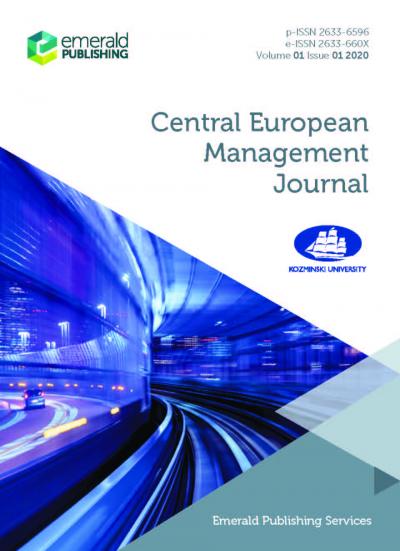Debate Over Rigor and Relevance in Scientific Study of Management
Jonathan Sidor
Kozminski University
2015 23 (3) Central European Management Journal
DOI 10.7206/mba.ce.2084-3356.149







